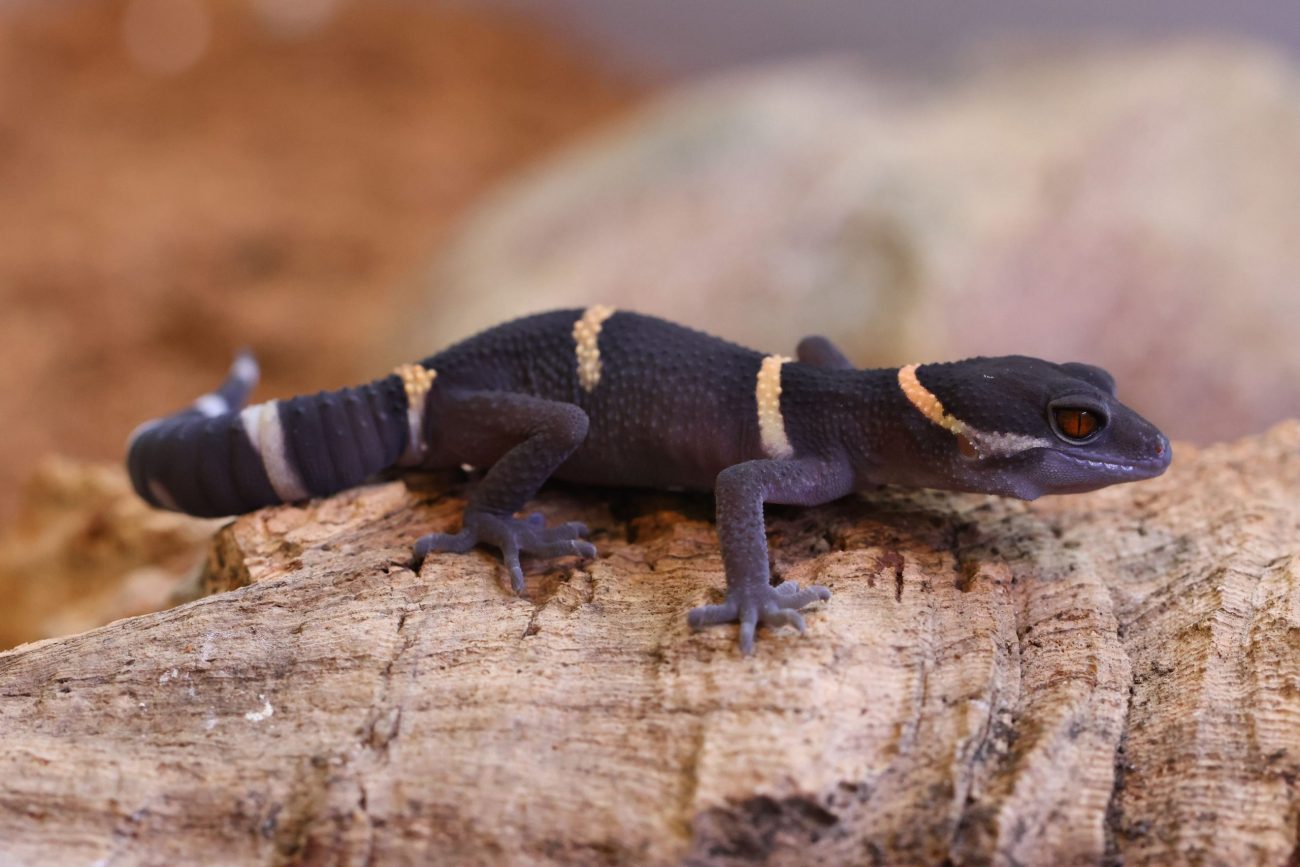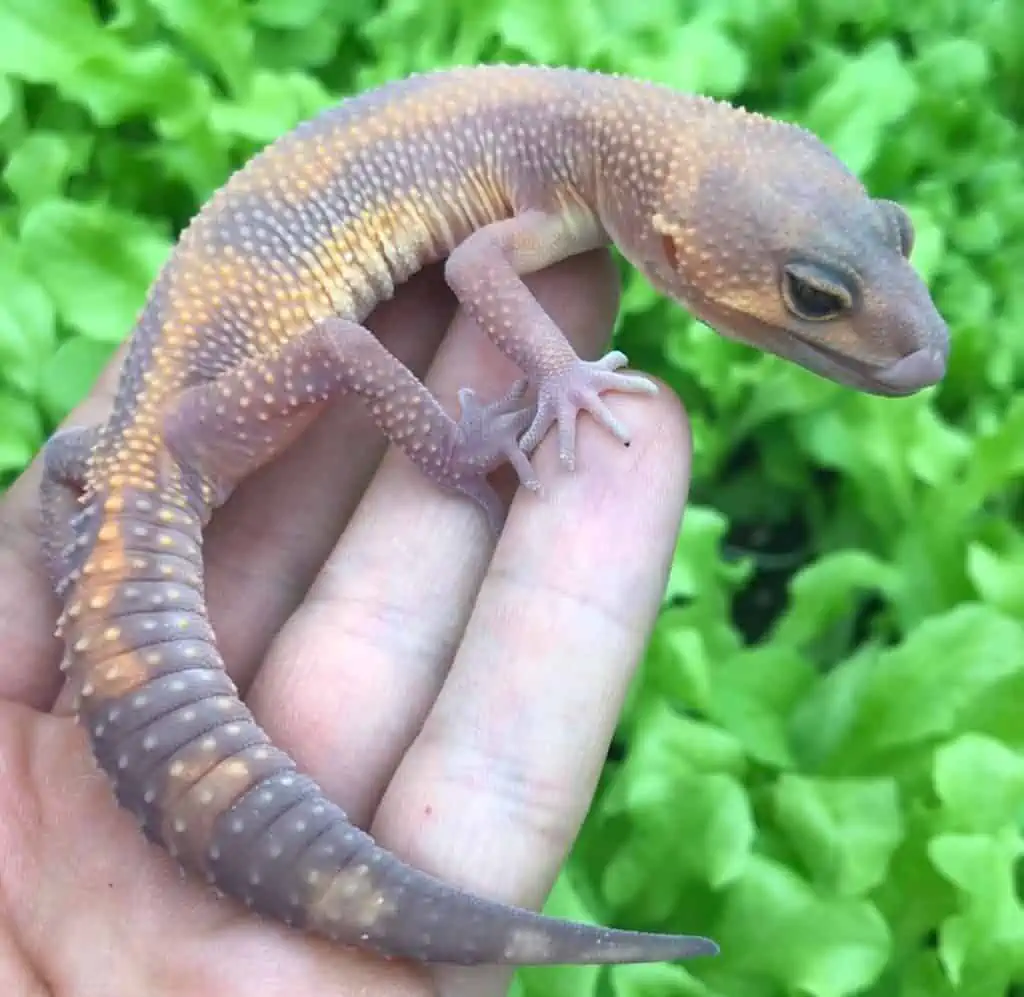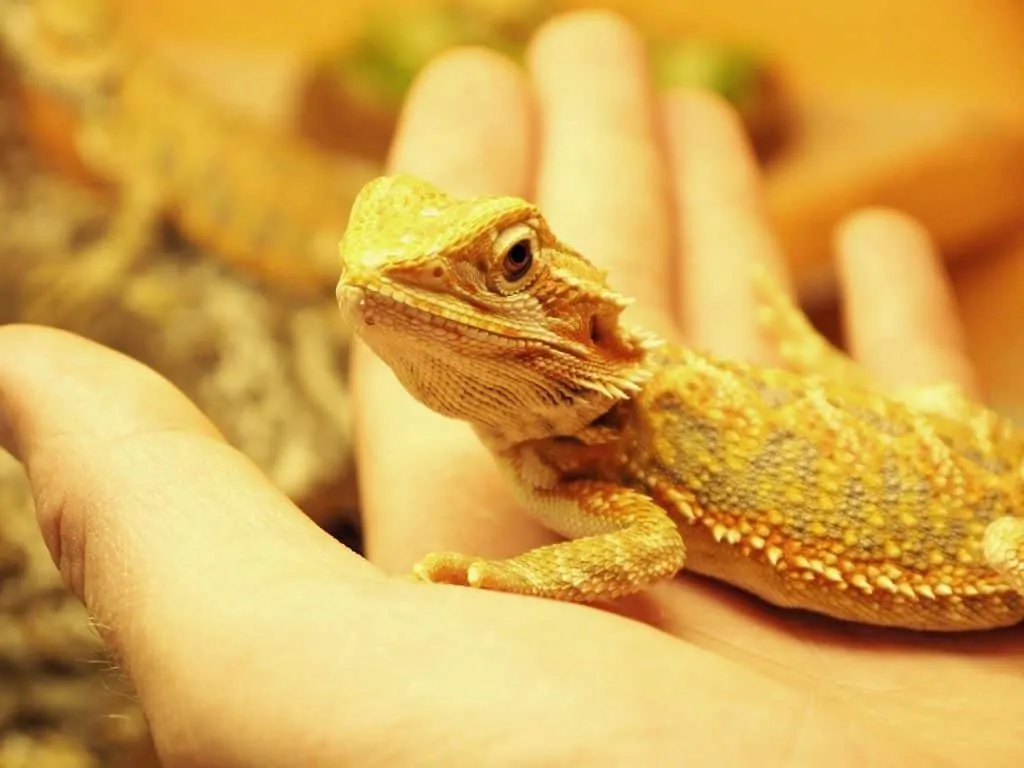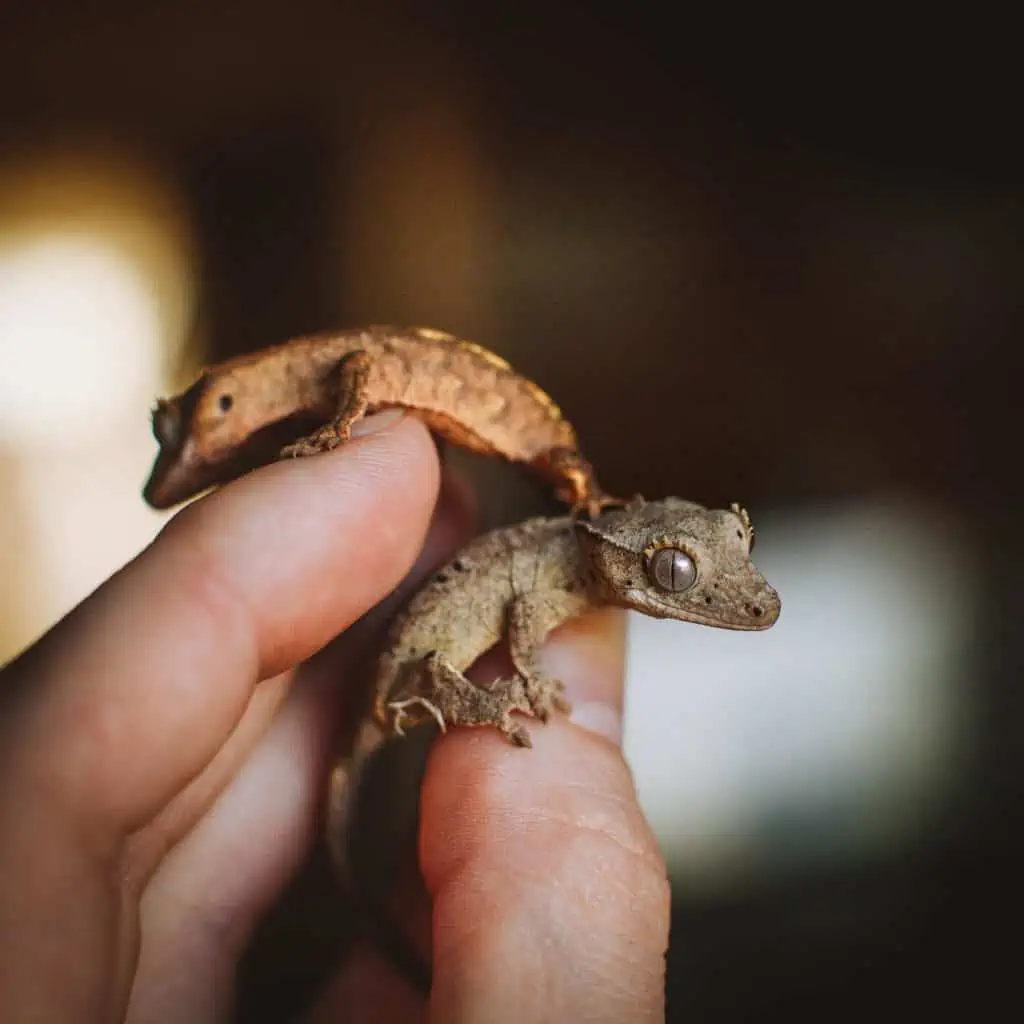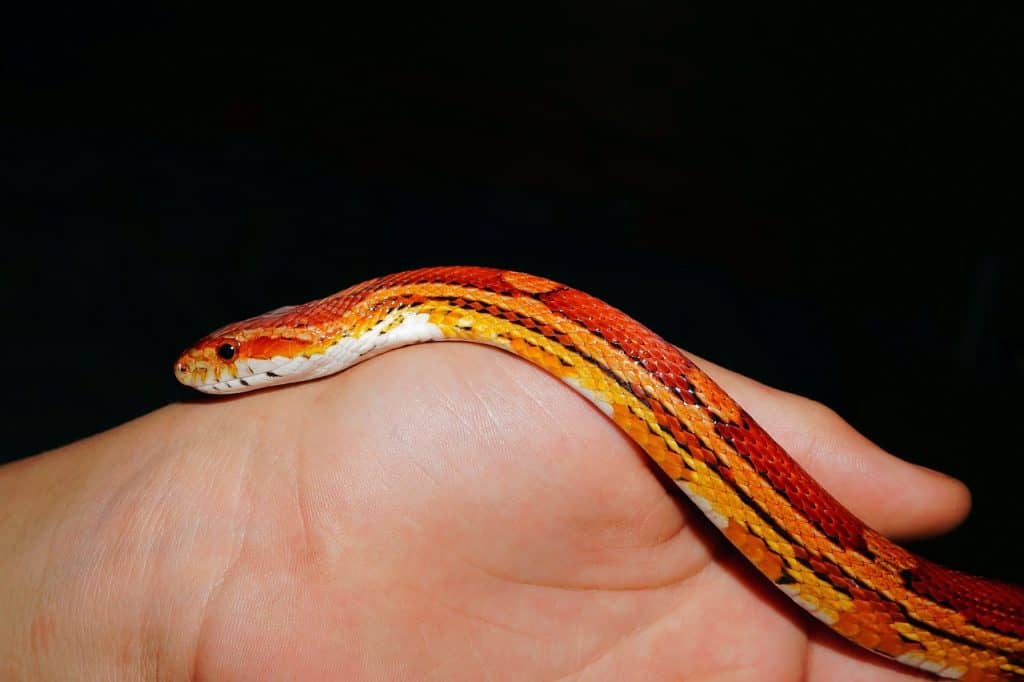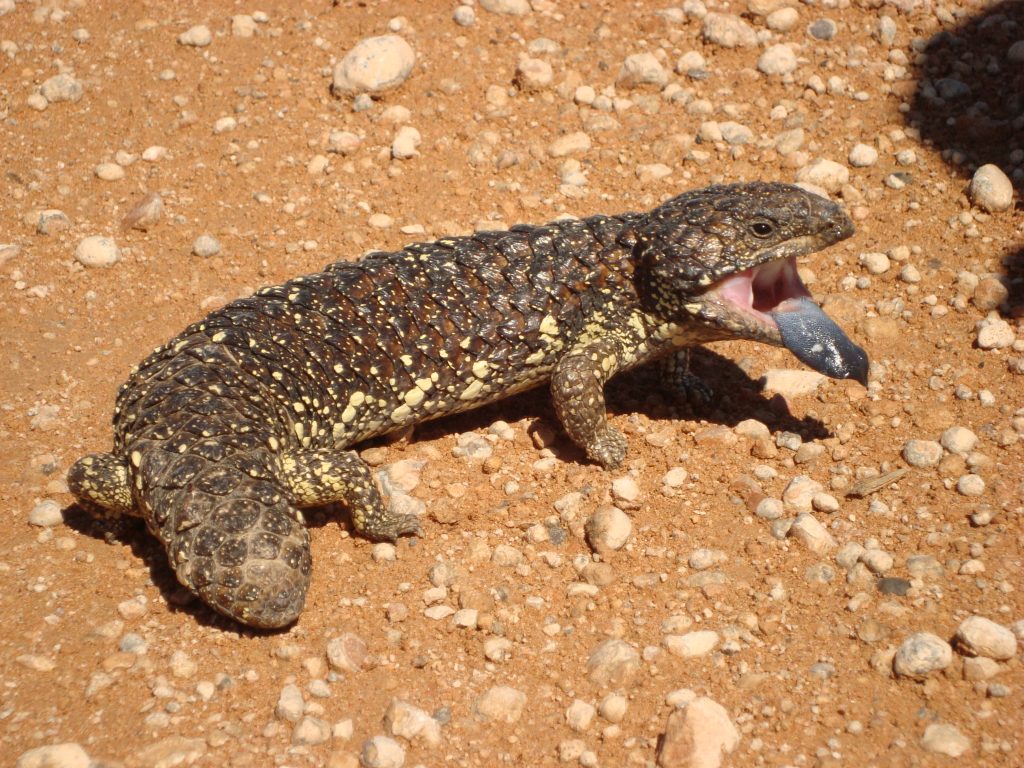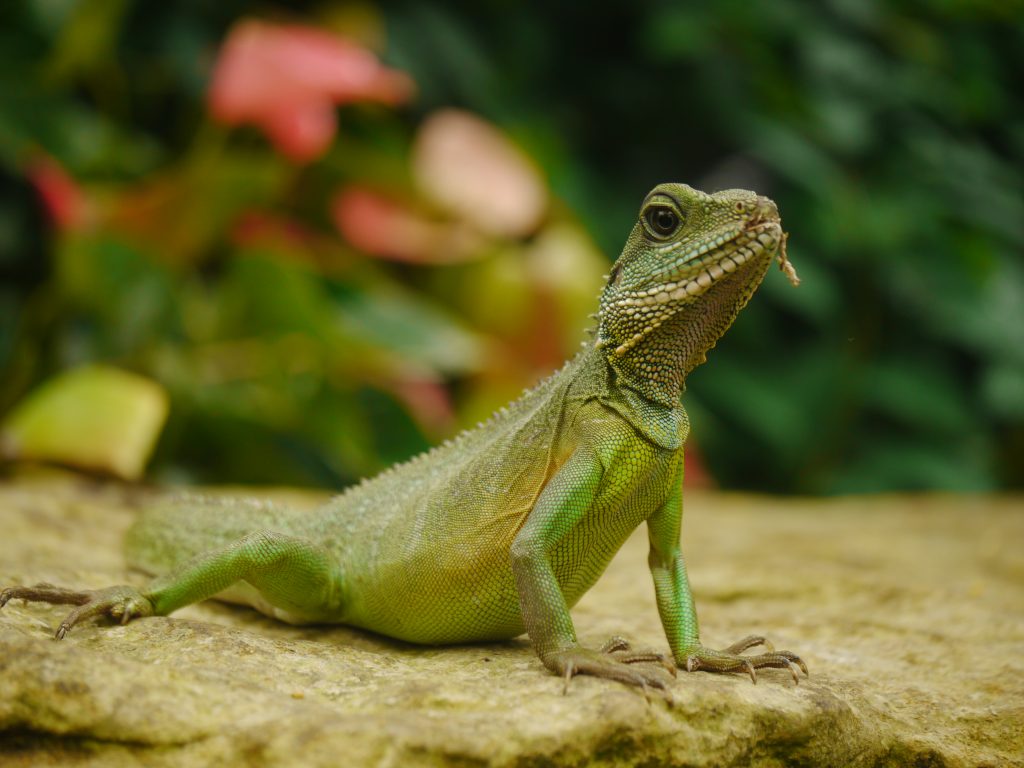Stepping into a world filled with amazing reptiles is a path loaded with fascinating discoveries. As you learn more, you’ll see that not every reptile is the same; some are perfect for holding, while others might not be. Imagine having a snake smoothly wrap around your arm or a lizard calmly sitting on your shoulder; each interaction is a step into the wild. And this can happen in your living room!
As you follow this path, understanding the temperament, size, and care needs of different pet reptiles is important.
When you choose the right reptile, it’s more than just a pet. It becomes a friend. And it can teach you many things like:
- Patience
- Being in the moment
- Loving nature
- Watching closely
- Taking good care of them
- Understanding feelings
I will tell you about nine reptiles that love being handled in this piece. Plus, based on things I’ve seen and learned, I’ll give you some top tips about how to handle them just right.
What Makes a Reptile Handleable?
From spending time with different reptiles, I’ve learned that specific characteristics make some reptiles better for handling than others. So, what are these traits? Let’s break it down:
- Size: If a reptile isn’t too big, it’s generally easier and safer for someone to hold—like not trying to lift something super heavy.
- Low Chance of Biting: Reptiles that are calm and don’t bite often are naturally better to handle and less prone to stress.
- Ease of Carrying: Some reptiles are super comfortable sitting on your arm or shoulder, making handling them natural and easy.
- Ease of Care: Reptiles that aren’t too picky about their home or food usually feel less stressed. And if they’re relaxed, they’re easier to handle.
- Temperament: Just like people, some reptiles are easy-going and patient. That kind of attitude makes them great for handling.
- Activity Level: If a reptile isn’t highly active, it’s simpler to hold them, as they are less likely to become agitated or try to run away.
- Sociability: Some reptiles don’t mind being around people or even other animals. This friendliness makes them easier to handle.
9 Most Handleable Reptiles
Thinking of getting a reptile buddy? Here are nine types that are known for being easy-going and suitable for handling.
1. Leopard Gecko
| Information | Details |
| Scientific Name | Eublepharis macularius |
| Lifespan | 10 to 20 years |
| Size (in feet) | 7-11 inches |
| Tank Size Requirement | 20-gallon long glass tank |
| Food Requirement | Mainly insects, with vitamins and calcium supplements |
Many people adore Leopard Geckos for their friendly nature. This makes them a top pick for those who like to handle their reptile buddies. Because they’re so calm and easy-going, they’re especially good if you have young kids at home or are new to keeping reptiles.
These geckos aren’t the type to easily get scared or act mean. If they ever bite, it’s probably because they’re stressed or not feeling well – this can usually be avoided if you take care of them right and get to know them well.
🦎 Read more: Best pet reptiles for kids and their family
2. Bearded Dragon
| Information | Details |
| Scientific Name | Pogona vitticeps |
| Lifespan | 8 to 10 years |
| Size (in feet) | 1.3 to 2 |
| Tank Size Requirement | 20 to 50 gallons |
| Food Requirement | Omnivorous (insects and vegetables) |
Bearded Dragons are truly top-notch pets when it comes to handling. Because they’re usually really relaxed and kind. They enjoy hanging out with people, which is awesome if you’re starting out with reptiles.
Their friendly ways make it easy for you and the pet to get along, building a fun and happy friendship. And don’t worry too much about them biting; it’s rare and usually happens only if they’re super stressed, making them pretty safe to have around your family.
3. Crested Gecko
| Information | Details |
| Scientific Name | Rhacodactylus ciliatus |
| Lifespan | Up to 15 years |
| Size | 8 to 10 inches |
| Tank Size Requirement | 20-30 gallon tank |
| Food Requirement | Insects and Ripe fruit |
Crested Geckos are superb for holding and playing with because they’re usually so calm and gentle. These little guys are slow and thoughtful in their movements, so you won’t often see them darting around quickly or getting jumpy when you handle them.
Even though they naturally like to be alone and are most active during dawn and dusk, over time and with a bit of patience, they can become quite attached to their human buddies. It’s sweet how they show their little gecko-version of love to those caring for them.
And, bonus point, they aren’t big on biting or getting rough. So, when you hold them, the experience is often smooth and pleasant, making it a win-win for both you and your gecko friend.
4. African Fat-Tailed Gecko
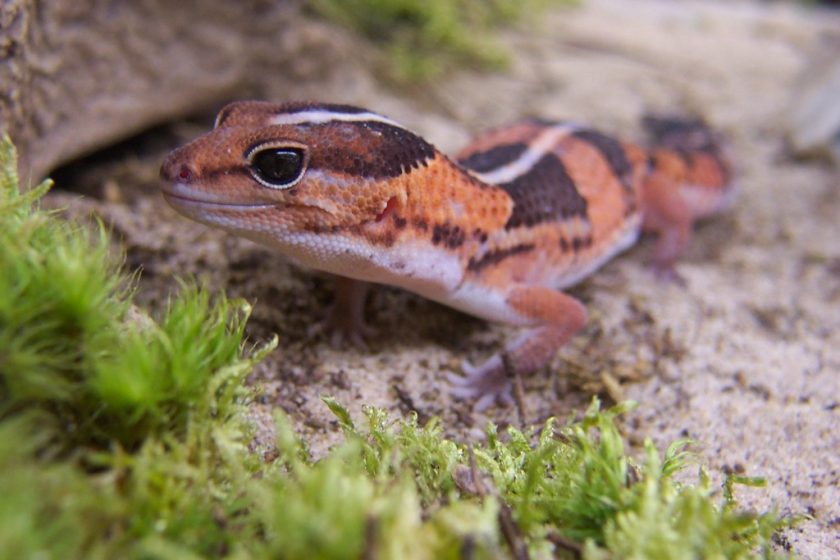
| Information | Details |
| Scientific Name | Hemitheconyx caudicinctus |
| Lifespan | 15–20 years |
| Size | 3.9-11.8 Inches |
| Tank Size Requirement | 20 to 36-gallon |
| Food Requirement | Insectivorous (mealworms, crickets, roaches, waxworms) |
African Fat-Tailed Geckos are known for being peaceful buddies, ideal for those who want a pet to hold and play with. Their gentle, relaxed nature is a major plus, especially for people just starting out with reptiles.
Thanks to their hefty tail, these geckos move at a slow, steady pace, which means less chance of them making sudden, unpredictable moves. That’s great news for anyone a bit nervous about holding them. If you’re worried about bites, don’t be; these geckos rarely do that.
5. Corn Snake
| Information | Details |
| Scientific Name | Pantherophis guttatus |
| Lifespan | 23+ years |
| Size | 2 to 6 feet |
| Tank Size Requirement | Minimum 40-gallon |
| Food Requirement | Carnivorous (mainly rodents) |
With their stunning patterns, Corn Snakes aren’t just pretty to look at; they’re also easy to care for. Their even-tempered attitude and typically peaceful disposition make them a favorite for folks who love handling their reptilian friends.
You’ll find that these snakes are pretty laid-back, which is excellent because it means less stress when you’re with them. Many people, kids, and grown-ups, find them highly manageable and likable.
But remember, even though they’re usually not aggressive, they might get a bit snippy if they feel threatened – just something to keep in mind. Although they’re still wild animals, their comfort with people adds to the fun and calm of hanging out with them.
6. Blue-Tongued Skink
| Specification | Detail |
| Scientific Name | Tiliqua |
| Lifespan | 15 – 20 years |
| Size (in feet) | Upto 2 feet |
| Tank Size Requirement | 20-40-gallon |
| Food Requirement | Omnivores: insects and plant matter |
Blue-tongued skinks are popular because of how smart and gentle they usually are; this makes them super excellent companions for people who adore reptiles.
It’s easy to see that they’re pretty friendly because they usually don’t act mean or grumpy towards people. Sure, they might puff themselves up and hiss when scared, but if you’re careful and kind, they’ll stay calm. What’s impressive is how quickly they get used to being around humans; they enjoy our company!
It’s worth mentioning that they have sharp teeth that can give a solid pinch, but they don’t often do that. It might happen if they’re really scared or feel threatened. So, always be gentle, and you’ll get along with these fantastic lizards just fine!
7. Ball Python
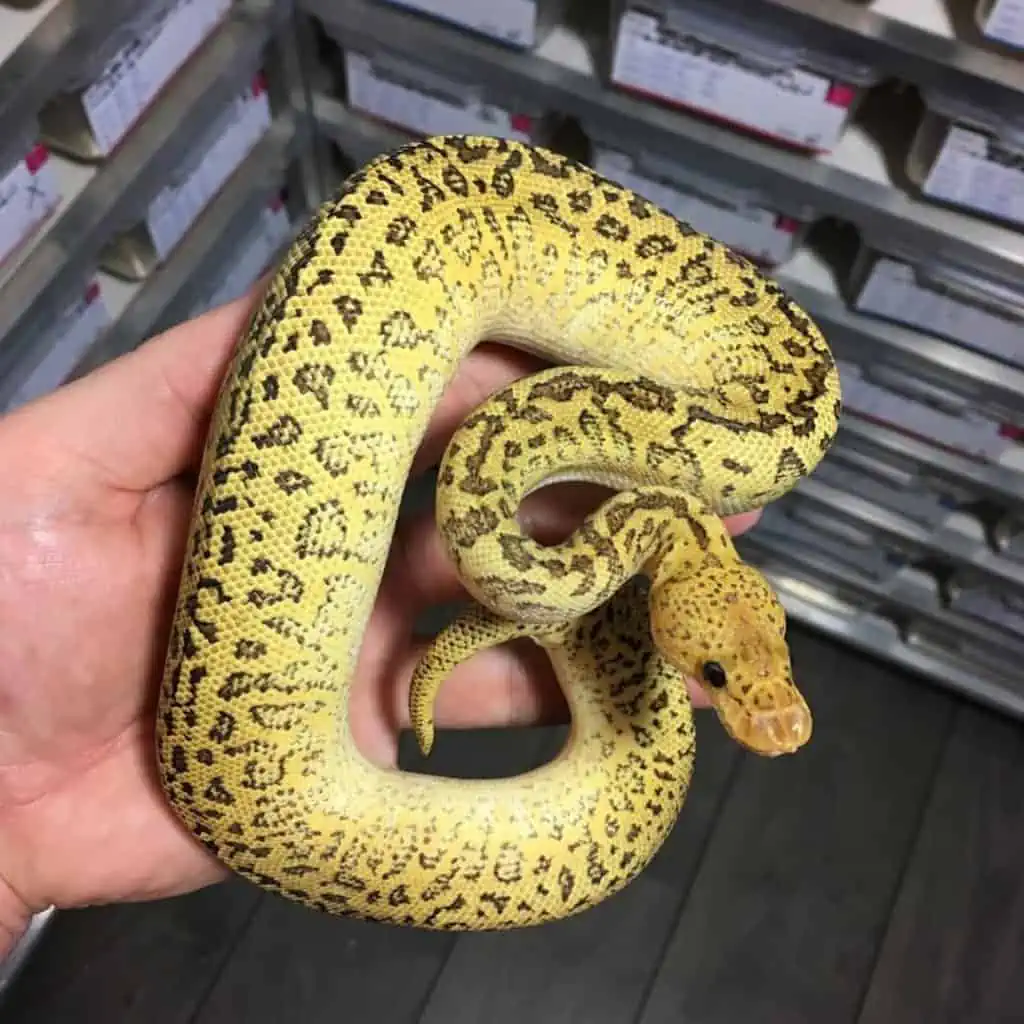
| Attribute | Information |
| Scientific Name | Python regius |
| Lifespan | 20 to 30 years |
| Size in Feet | 3 to 5 feet |
| Tank Size | 20-40 gallons |
| Food Requirement | Carnivorous: Mainly rodents |
Ball Pythons are pretty awesome snakes that many people love having as pets, mainly because they’re so relaxed and gentle. Unlike snakes, these guys seem to like hanging out with humans.
When you hold one, it might stay still in your hand or look around a bit, showing it trusts and is comfortable with you. This slow and easy-going behavior makes it simple and fun to spend time with them.
They rarely bite; when they’re scared or unsure, they roll up into a ball, which is how they got their name. And since they don’t have those big, scary fangs, there’s little to worry about when handling them.
Keep In Mind: Building a bond with your Ball Python does take a little time because each snake is different. They might act differently based on their:
- Genes
- How often they’re held
- Their health
- And how they’ve socialized.
Giving them the right food and handling them kindly can help make your bond even stronger, letting their friendly side shine even more.
8. Rosy Boa
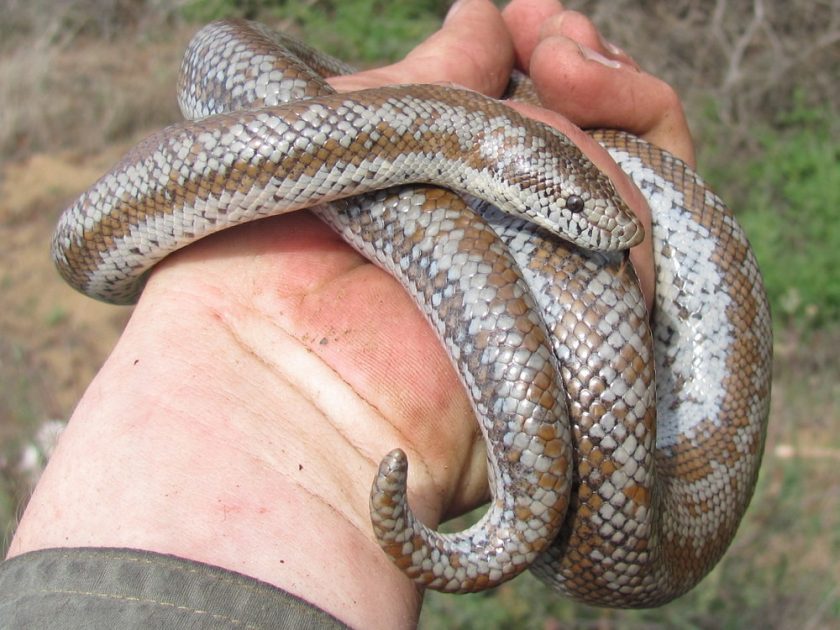
| Attribute | Details |
| Scientific Name | Lichanura trivirgata |
| Lifespan | Upto 30 years or more |
| Size in Feet | Upto 4 feet |
| Tank Size Requirement | Males: 24 x 18 x 12 inches, Females: 30 x 18 x 12 inches |
| Food Requirement | Rodents |
Rosy Boas are outstanding pets, known for their calmness and ease of handling. They remain calm and composed when humans hold them, creating a comfortable space for interaction.
In contrast to other types of reptiles, they rarely bite, and their energy levels are pretty manageable. Because of this, people handling them usually don’t get startled or feel overwhelmed.
Moreover, their friendly behavior promotes positive engagement, making them one of the top reptile choices for hands-on experiences. Given their not-too-big size, they are preferable for an enjoyable interaction with a reptile.
9. Chinese Water Dragon
| Feature | Details |
| Scientific Name | Physignathus cocincinus |
| Lifespan | 10 to 15 years |
| Size in Feet | Up to 3 feet |
| Tank Size Requirement | 20-55 gallons |
| Food Requirement | Omnivorous: Insects & veggies |
Chinese Water Dragons are well-known for being friendly and are a top pick in the reptile community. If you start handling them when they’re young, they usually become social with people, showing a fun and interactive side.
Compared to other pet lizards, their character is often seen as more charming and entertaining. When it comes to being active, they have a moderate energy level.
They’re curious creatures who like checking out their space and enjoy kind interactions with people.
Something to Remember: Chinese Water Dragons have unique ways to show how they feel, like:
- Arm Waving
- Chasing
- Head Bobbing
- Puffing up of the Throat
All these actions have different meanings. Knowing what they mean makes the time spent with these lizards even more special and strengthens the bond between the handler and the lizard.
What Is the Proper Way To Handle a Reptile?
Handling reptiles might seem tricky, but with the proper knowledge, it becomes more straightforward. Especially snakes and lizards need different approaches.
Snakes
Snakes don’t have legs, so you handle them differently than other pets. They have long bodies, and you must support them well to avoid getting hurt. Here’s how:
- Reading Their Mood: Before picking up a snake, it’s really important to gauge how it’s feeling. Recognizing when a snake might be scared can help avoid unnecessary bites.
- Tools Can Help: For some snakes that aren’t very excited about being picked up, tools like snake hooks are handy.
- Hold Right: Try to pick up snakes from the middle and near their head. Hold them firmly yet gently; balance is key.
- Avoid the Head: Many snakes don’t like their heads touched. It makes them uneasy.
- Safety Gear: Wearing gloves and long sleeves can save you from unexpected scratches or little bites.
Lizards
Lizards are pretty different from snakes because they have legs. They can also be quite fast or jumpy, so you must be ready. Here’s what you need to do:
- Know Your Lizard: Different lizards act differently. Before handling one, it’s a good idea to learn a bit about its kind.
- Be Calm and Slow: Quick moves or loud sounds can scare lizards. Approach them calmly.
- How to Hold: One hand should support the lizard’s body, and the other can help with the tail or back legs.
- Be Gentle: Even if they look tough, lizards can be delicate. Always be soft with them.
- Let Them Play: It’s fun for lizards to explore sometimes. In a safe space, let them move around a bit; it’s fun for you both!
Now It’s Your Turn
Picking the best reptile pet is a big deal – especially if you want one that likes to be held. Being friends with these fantastic animals lets you learn about their world, and you’ll feel a special connection. Whether you’ve had reptiles before or are new to this, it’s super important to get one that fits how you want to handle it. Every reptile is a little different, so doing your homework before choosing is a smart move.
So, which of these cool reptiles caught your eye? Can you imagine one of them being your new buddy? Are there any queries that hover in your mind? Let everyone know in the comments below!

